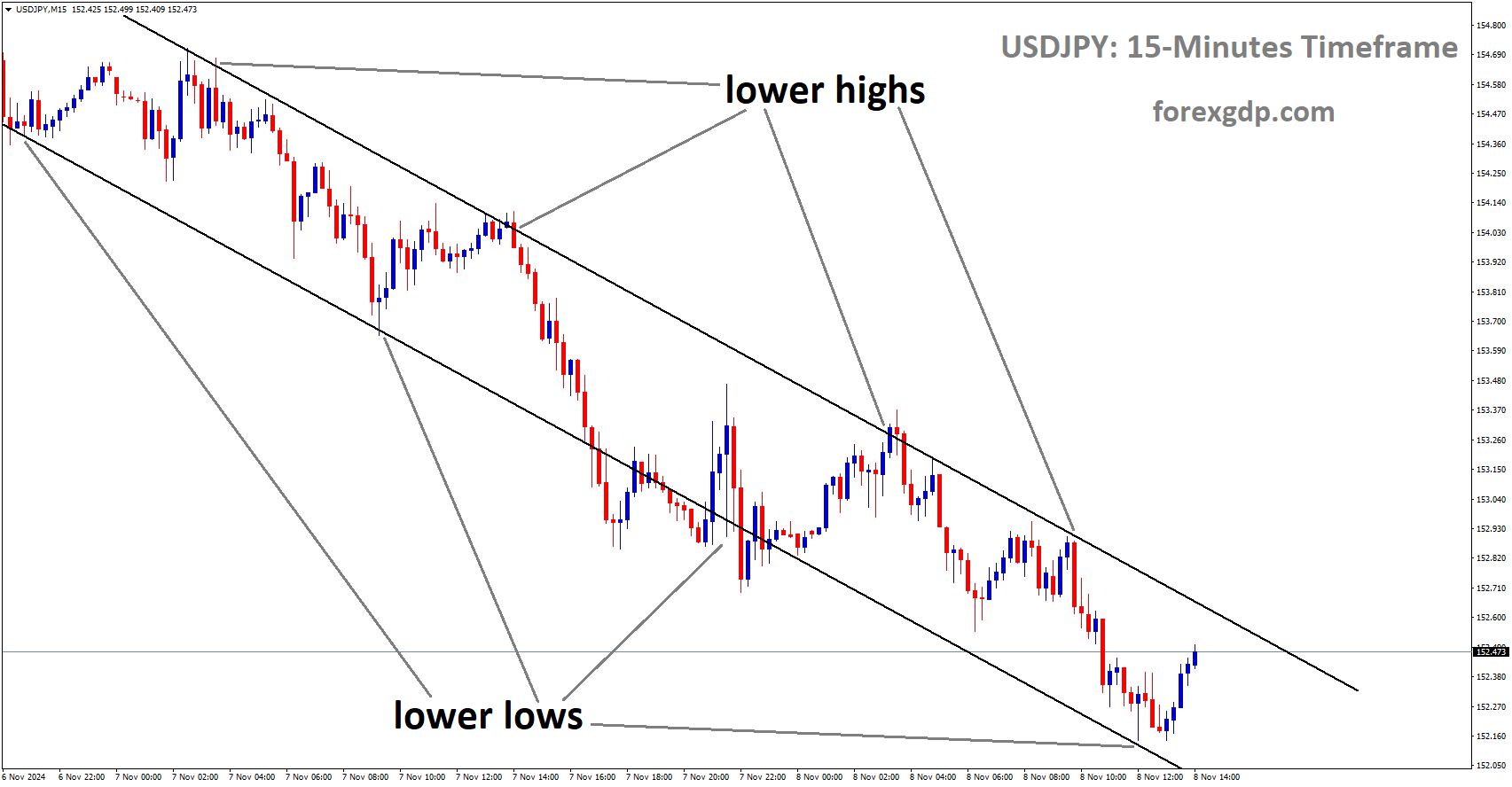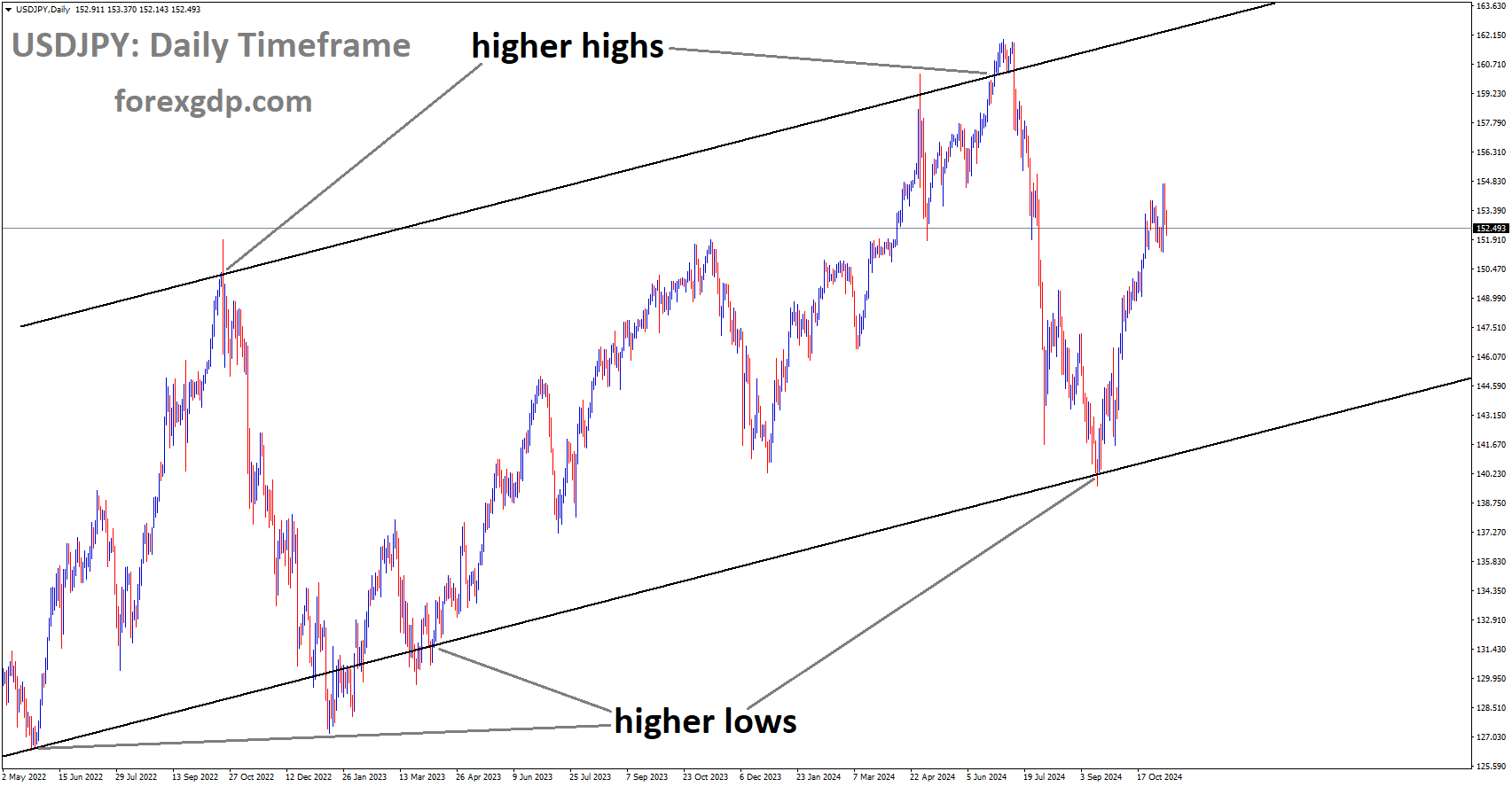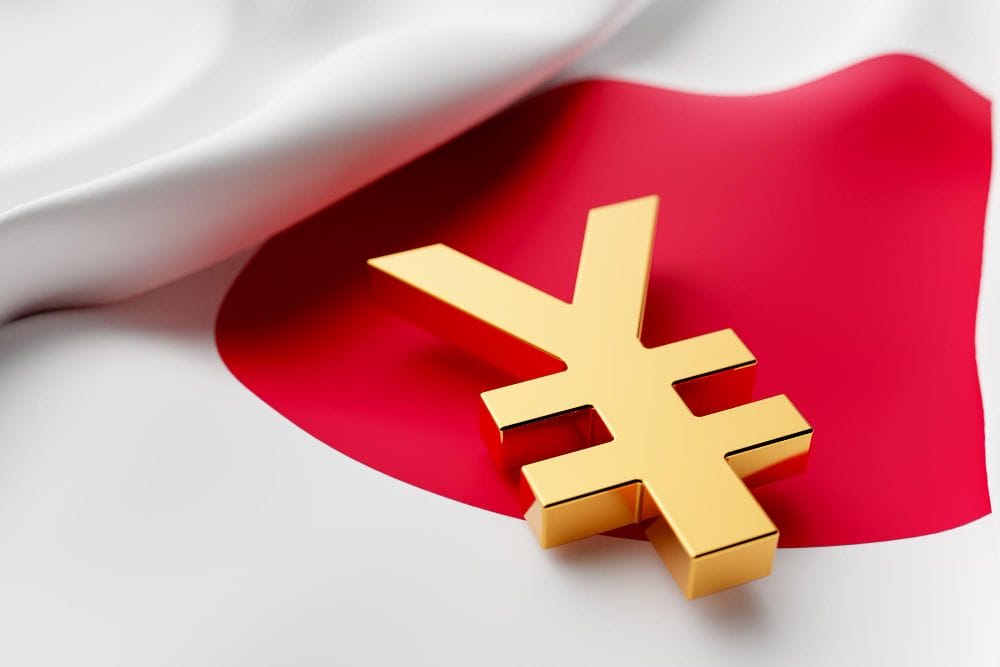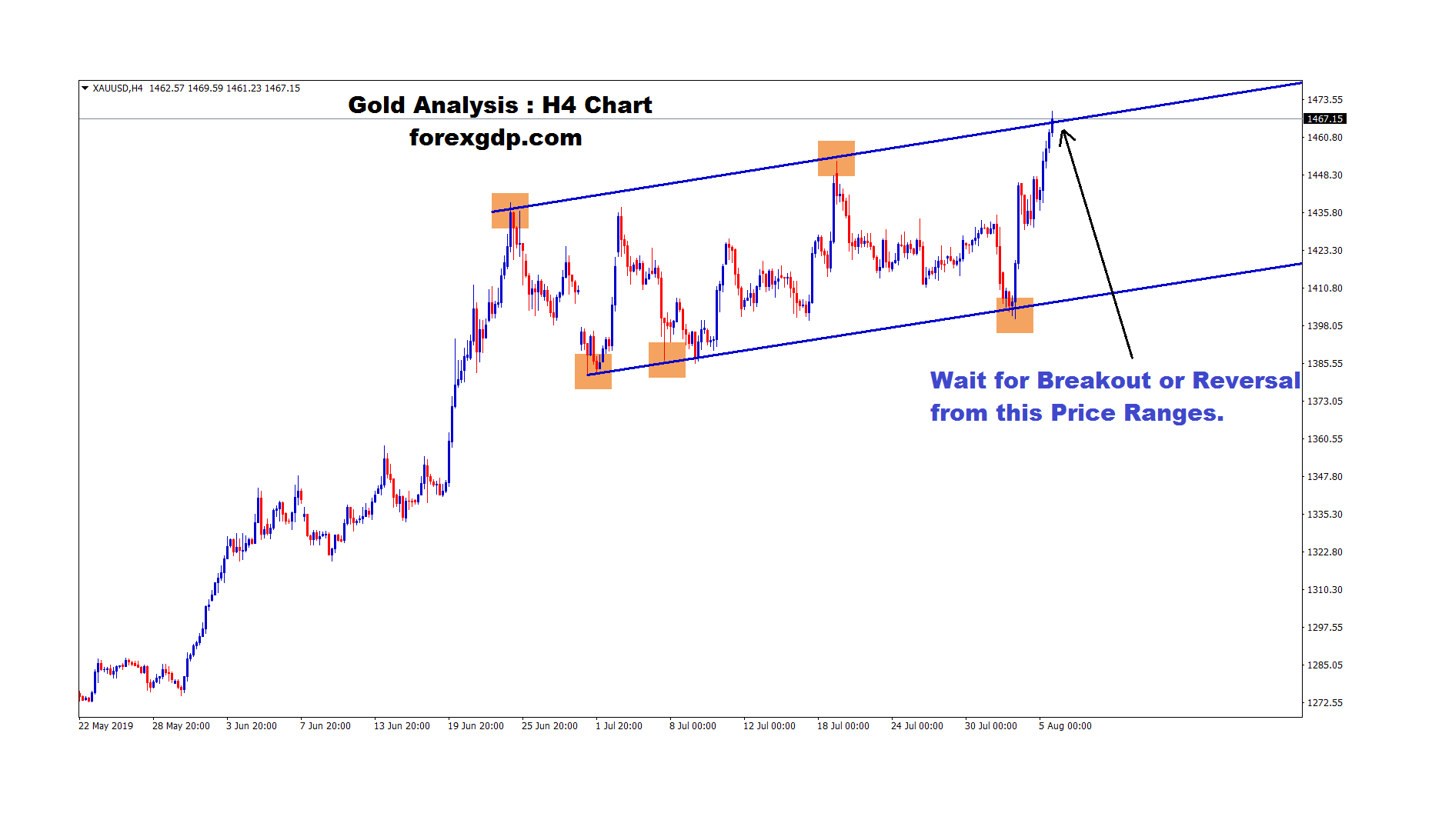USDJPY is moving in an Ascending channel, and the market has reached the higher low area of the channel
#USDJPY Analysis Video
The Complex Dance of the Japanese Yen and US Dollar
Navigating the world of currency trading can be a thrilling yet complex endeavor, especially when it comes to understanding the ebb and flow between major players like the Japanese Yen (JPY) and the US Dollar (USD). This ongoing interplay, influenced by both national policies and global events, holds the attention of forex traders worldwide. Recently, the Yen has struggled to attract buyers despite a range of global economic influences, leaving many traders wondering about the future of this popular currency pair.
Let’s dive into the factors behind the Yen’s recent movements, the role of the Bank of Japan (BoJ), and what drives the USD/JPY relationship, even amidst market uncertainty.
1. Japanese Yen’s Struggle in a Complex Economic Landscape
The Japanese Yen, often considered a “safe-haven” currency, has been facing difficulties in holding its ground against the USD. On Friday, JPY wavered between minor gains and losses, failing to gain significant traction despite recent efforts from Japanese authorities to support the currency. Traders hoping for a clear rebound in the Yen have been left uncertain as mixed economic signals continue to emerge from Japan.
The Role of Japanese Verbal Intervention
Japanese authorities recently issued statements aimed at stabilizing the Yen. These “verbal interventions” are typically meant to show the government’s commitment to keeping the Yen steady, reassuring traders and investors that authorities are vigilant about rapid currency shifts. However, while these announcements can momentarily support the Yen, they have limited effect in the long run if there is no follow-up with concrete policy action, such as interest rate hikes or actual currency intervention.
Why Japan Struggles with Rate Hikes
While other major central banks have raised interest rates to curb inflation, the Bank of Japan has faced challenges in taking similar steps. Japan’s economy, characterized by low inflation and moderate economic growth, does not align with the usual rate-hike strategy. The BoJ has thus kept rates at historically low levels for years to stimulate growth, but this has left the Yen vulnerable compared to other currencies like the USD, where rates are notably higher. For traders, this difference in policy approaches between the Fed and the BoJ means that the Yen often struggles to keep pace with the USD.
2. US Dollar Strength and the Impact of Bond Yields
The US Dollar has been relatively strong, supported by rising US Treasury bond yields. Bond yields are a significant factor in currency markets, as higher yields make USD-based assets more attractive to investors. When the yields on US bonds rise, the USD gains additional demand, putting further pressure on the JPY in the USD/JPY pair.

Trump-Era Economic Policies and their Long-Lasting Effects
Another element contributing to USD strength is the market’s lingering hope that economic policies introduced during Donald Trump’s presidency might continue to support economic growth and inflation. Although these policies were initially focused on tax cuts and deregulation, the aftereffects still influence investor sentiment and thus the strength of the USD. This optimism around US economic growth, combined with a dovish Federal Reserve that has paused rate hikes, makes the USD more appealing compared to the lower-yielding JPY.
Fed’s Dovish Stance: A Mixed Bag for USD/JPY
Although the Federal Reserve recently cut borrowing costs, which generally reduces a currency’s appeal, this effect has been counterbalanced by market expectations of strong economic performance. Traders see a potential rate cut in December, but overall, the USD continues to be a desirable option due to the US economy’s resilience. This dovish stance by the Fed limits the USD’s appreciation to some extent, but it still holds an advantage over the JPY given the BoJ’s hesitancy in raising rates.
3. Japan’s Domestic Economic Concerns and Government Actions
Japan’s domestic economic situation has added layers of complexity to the Yen’s performance. Recent government data reveals a downturn in household spending and inflation-adjusted wages, raising concerns about economic growth and impacting the BoJ’s monetary policy decisions.
Household Spending and Wage Challenges
In September, Japan’s household spending dropped for the second consecutive month, and inflation-adjusted wages also declined, signaling a potential economic slowdown. This decline in spending and wages affects the Japanese economy by limiting domestic consumption, which in turn makes it harder for the BoJ to justify any interest rate increases. For the Yen, this economic weakness translates to lower demand, as traders tend to shift their attention to more robust economies with higher interest rates.

Currency Intervention as a Last Resort?
In addition to verbal interventions, Japan has resorted to actual currency interventions in the past when the Yen weakened significantly. According to recent data from Japan’s Ministry of Finance, a substantial amount was spent on currency interventions earlier in the year. This type of intervention involves the government actively buying or selling Yen to influence its value, though such measures are typically seen as last-resort actions.
Japan’s Chief Cabinet Secretary and Vice Finance Minister for International Affairs have publicly stated their intentions to monitor the currency market closely. These statements indicate that the Japanese government is prepared to step in if necessary. However, this waiting game leaves the JPY exposed to external pressures from a strong USD and high US bond yields, leaving some traders cautious about betting heavily on the Yen in the current climate.
Summary: The Uncertain Path Ahead for USD/JPY
In the fast-paced world of currency trading, the Japanese Yen and the US Dollar represent two contrasting forces shaped by different economic priorities and policies. The BoJ’s cautious approach to rate hikes, combined with Japan’s recent economic data, has left the Yen in a fragile position. Meanwhile, the USD, buoyed by strong bond yields and lasting effects of previous economic policies, remains attractive to investors.
For traders, this uncertainty presents both challenges and opportunities. The Yen’s struggle may continue unless Japan’s economic indicators improve or the BoJ takes a firmer stance on rate hikes. At the same time, the USD/JPY pair remains an exciting yet risky trading option, as external factors like US bond yields and Japanese government interventions will continue to sway the market.
In the end, following the USD/JPY relationship is about balancing risks with potential rewards. As each new announcement from central banks or government officials hits the news, traders must stay vigilant, ready to adapt their strategies as the Yen and Dollar dance to the rhythm of global economic shifts. Whether you’re new to forex or a seasoned trader, understanding these dynamics can help you navigate the world of currency trading with greater confidence.
Don’t trade all the time, trade forex only at the confirmed trade setups
Get more confirmed trade signals at premium or supreme – Click here to get more signals, 2200%, 800% growth in Real Live USD trading account of our users – click here to see , or If you want to get FREE Trial signals, You can Join FREE Signals Now!






